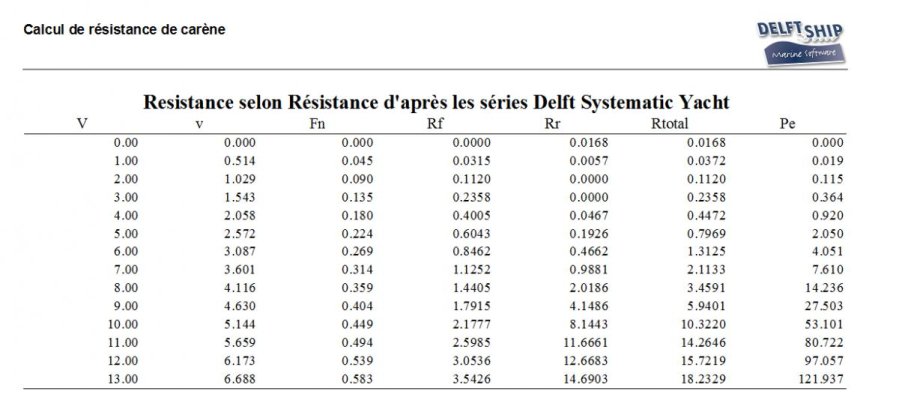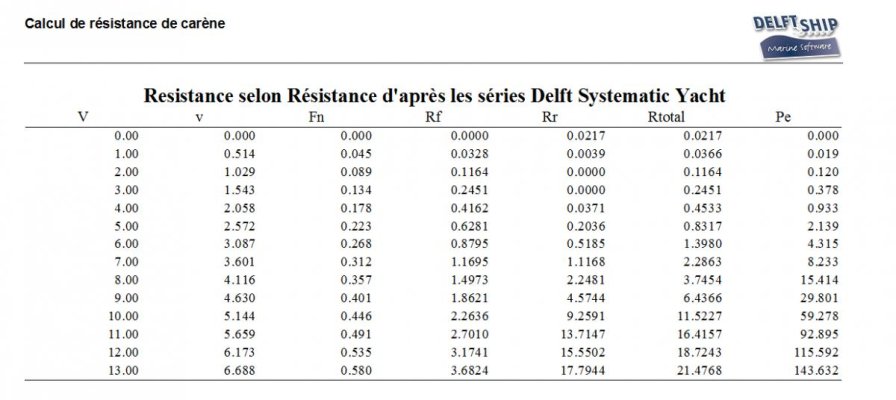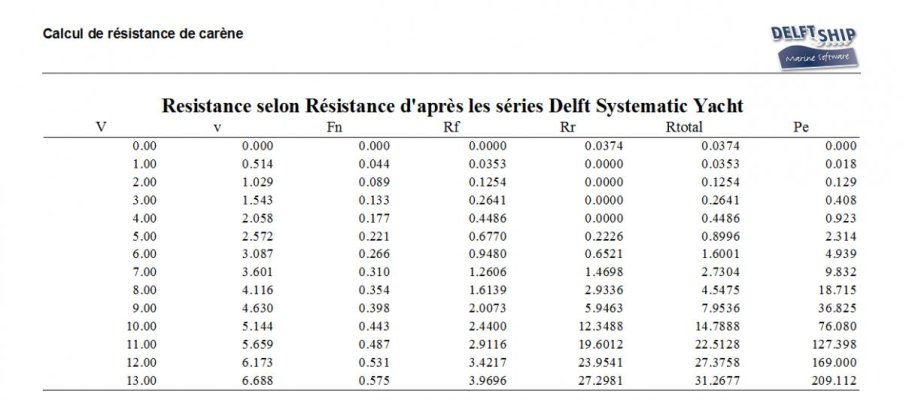long-cours.62
Guru
It seam we got a Customer for our actual "passagemaker"
( "Passagemaker" cherchez l'erreur ! - Trawler long-cours )
We project to built an evolution from Hoa, near similar hull but different superstructures, because a colleague want also built an evolution of Hoa and the easiest way is to built two similar boat ( in reality two similar hull and some differences inside) normally after discussion it will be the N°6 on this page, the last one .
Un Compromis, oui mais lequel !? - Trawler long-cours
Normaly we project to built the hull in alloy like Hoa... but a boatyard contact us and propose to built her in "composite" (sandwich epoxy resin, fiber glass , Kevlar and foam ) in this case we could "save" 3,5 t ) in the hull weight ...yes but ?
Your filling , your experience , your practice with this material ?
Thanks !
And you witch profile did you prefer ?
( "Passagemaker" cherchez l'erreur ! - Trawler long-cours )
We project to built an evolution from Hoa, near similar hull but different superstructures, because a colleague want also built an evolution of Hoa and the easiest way is to built two similar boat ( in reality two similar hull and some differences inside) normally after discussion it will be the N°6 on this page, the last one .
Un Compromis, oui mais lequel !? - Trawler long-cours
Normaly we project to built the hull in alloy like Hoa... but a boatyard contact us and propose to built her in "composite" (sandwich epoxy resin, fiber glass , Kevlar and foam ) in this case we could "save" 3,5 t ) in the hull weight ...yes but ?
Your filling , your experience , your practice with this material ?
Thanks !
And you witch profile did you prefer ?




